I need to annotate a location on a ggplot2 plot with a line that contains both a (real) greek letter and a number rounded to 2 decimal places. My problem arises because I want to display the decimal places even if they are both zero. Unfortunately, the parse = T setting in annotate converts the string "1.00" into "1". Here's a specific example:
alpha_num <- "1.00"
p <- ggplot(data.frame(x=1,y=1,label=paste0("alpha == ", alpha_num)))
p <- p + geom_text(aes(x,y,label=label), parse = TRUE, size = 30)
The code above produces the following plot:
How do I get alpha_num displayed in its entirety?
